The Best Companion Plants For Beans
Title: The Best Companion Plants for Beans
Introduction:
Beans are a popular and versatile vegetable that can be grown in many different climates. They are also a great choice for companion planting, which is the practice of planting different types of plants together to benefit each other.
There are many different companion plants that can be grown with beans, but some of the best include:
- Corn: Corn is a natural companion for beans because it provides them with shade and support. The beans, in turn, help to fix nitrogen in the soil, which benefits the corn.
- Cucumbers: Cucumbers and beans are both moisture-loving plants, so they can help to keep each other's roots cool and moist. They also attract different pests, so they can help to deter each other's enemies.
- Marigolds: Marigolds are a great companion plant for beans because they help to repel pests, such as Mexican bean beetles. They also add a splash of color to the garden.
- Nasturtiums: Nasturtiums are another great pest-repelling companion plant for beans. They also attract beneficial insects, such as ladybugs and lacewings.
- Peas: Peas are a natural companion for beans because they have similar growth patterns and care needs. They can also be grown together on the same trellis, which saves space in the garden.
Main Content:
In addition to the plants listed above, there are many other companion plants that can be grown with beans. Some of these include:
- Basil: Basil is a great companion plant for beans because it helps to improve the flavor of the beans. It also helps to repel pests, such as aphids.
- Carrots: Carrots and beans are both root vegetables, so they can help to improve the drainage in the soil. They also attract different pests, so they can help to deter each other's enemies.
- Celery: Celery is a great companion plant for beans because it helps to repel pests, such as cucumber beetles. It also helps to keep the soil moist, which benefits the beans.
- Kale: Kale is a great companion plant for beans because it helps to attract beneficial insects, such as ladybugs and lacewings. It also helps to suppress weeds, which can compete with the beans for nutrients.
- Lettuce: Lettuce and beans are both cool-season crops, so they can be planted together early in the season. They also attract different pests, so they can help to deter each other's enemies.
Conclusion:
Companion planting is a great way to improve the health and productivity of your garden. By planting beans with the right companion plants, you can help to deter pests, improve the flavor of your beans, and boost your overall harvest.
Beans are a versatile and delicious vegetable that can be grown in many different climates. But did you know that there are certain plants that can help beans grow better? These are called companion plants, and they can provide a number of benefits to beans, such as:
- Attracting beneficial insects: Some companion plants, such as marigolds and nasturtiums, attract beneficial insects that help to control pests.
- Improving soil quality: Other companion plants, such as peas and beans, can help to improve soil quality by fixing nitrogen in the soil.
- Providing shade: Some companion plants, such as corn, can provide shade for beans, which can help to protect them from heat stress.
If you're interested in learning more about companion plants for beans, I recommend visiting Garden Wiki. This website has a comprehensive list of companion plants for beans, as well as information about the benefits of each plant.
FAQ of companion plants to beans
- What are the best companion plants for beans?
Some of the best companion plants for beans include:
Corn: Corn provides a natural trellis for pole beans, and the two plants can help each other thrive. Corn helps to shade the soil, which helps to keep it cool and moist, and beans help to fix nitrogen in the soil, which benefits the corn.
Peas: Peas and beans are both legumes, which means they fix nitrogen in the soil. This can help to improve the overall health of your garden, and it can also reduce the need for fertilizer.
Marigolds: Marigolds are a great way to deter pests from beans. They have a strong scent that repels many common garden pests, including aphids, beetles, and nematodes.
Basil: Basil is a flavorful herb that can also help to improve the growth of beans. It attracts beneficial insects, such as ladybugs, which help to control pests.
Cucumbers: Cucumbers and beans are both heat-loving plants, so they can be planted together to take advantage of the same growing conditions. Cucumbers also help to shade the soil, which can help to keep it cool and moist.
What plants should I avoid planting near beans?
There are a few plants that you should avoid planting near beans, including:
Alliums: Alliums, such as garlic, onions, and chives, can stunt the growth of beans.
Potatoes: Potatoes and beans compete for the same nutrients, so planting them together can lead to poor growth.
Fennel: Fennel can release a chemical that inhibits the growth of beans.
Wormwood: Wormwood can also release a chemical that inhibits the growth of beans.
How do companion plants help beans?
Companion plants can help beans in a number of ways, including:
- Attracting beneficial insects: Many companion plants attract beneficial insects, such as ladybugs, lacewings, and hoverflies. These insects help to control pests that can damage beans.
- Improving soil health: Some companion plants, such as peas and beans, fix nitrogen in the soil. This can help to improve the overall health of your garden, and it can also reduce the need for fertilizer.
- Providing shade: Some companion plants, such as corn, can provide shade for beans. This can help to keep the soil cool and moist, which can benefit bean growth.
- Distracting pests: Some companion plants, such as marigolds, have a strong scent that can distract pests from beans. This can help to protect your beans from damage.
Image of companion plants to beans
- Corn: Corn is a classic companion plant for beans. The beans fix nitrogen in the soil, which benefits the corn. The corn provides support for the bean vines.

- Cucumbers: Cucumbers and beans are both heavy feeders, so they benefit from being planted together. The cucumbers help to shade the soil, which helps to keep the beans cool.
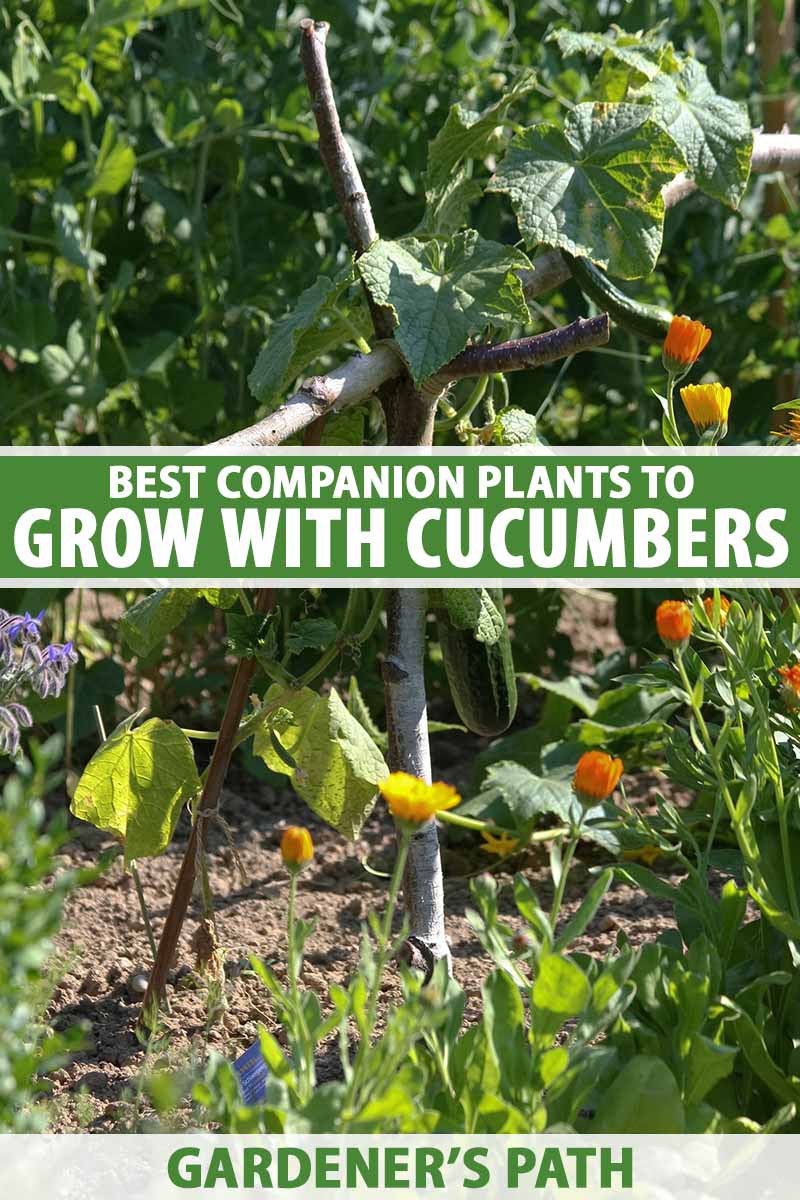
- Marigolds: Marigolds are a great companion plant for beans because they repel pests. Marigolds can help to deter aphids, beetles, and other pests that can damage bean plants.
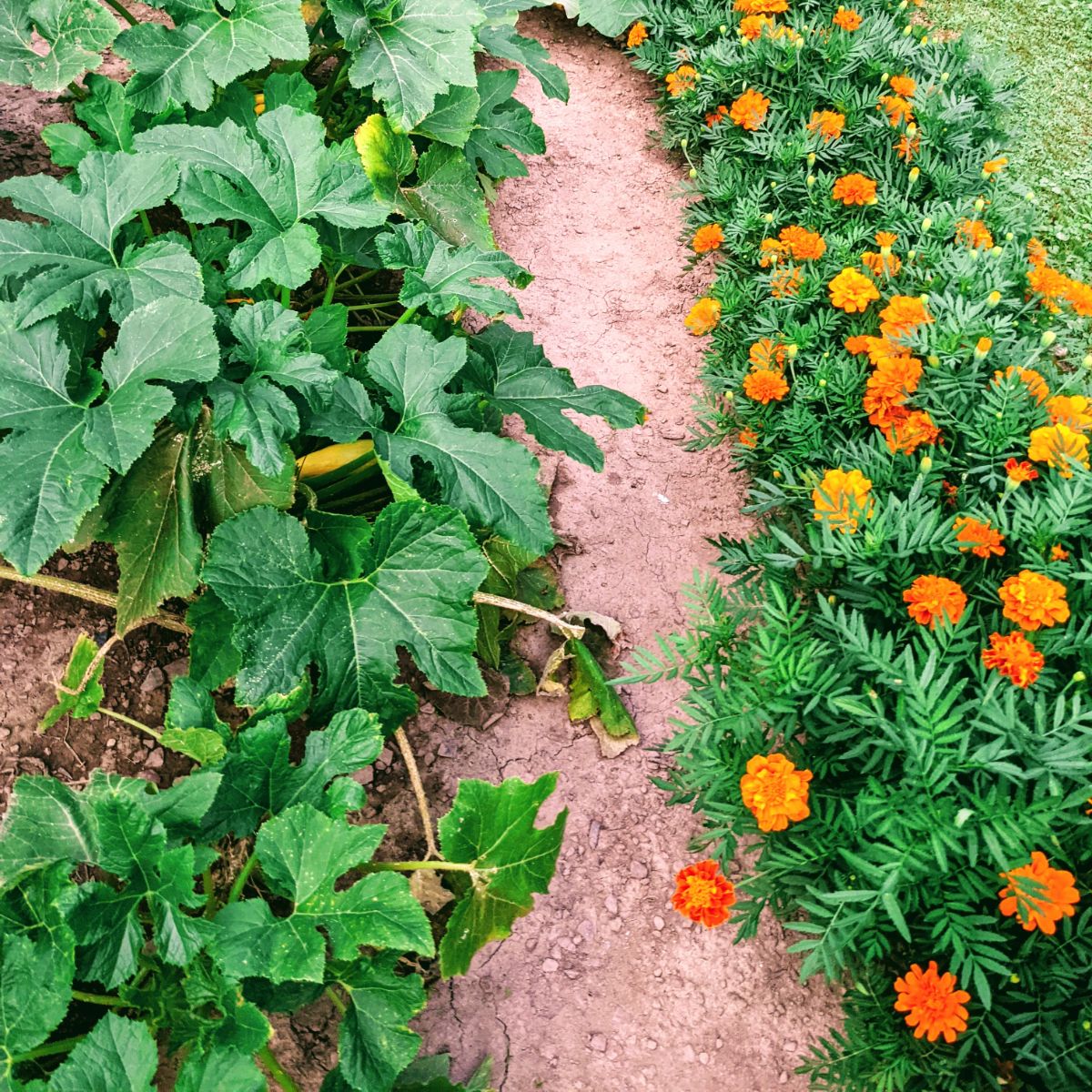
- Nasturtiums: Nasturtiums are another great companion plant for beans. They also repel pests, and they can also attract beneficial insects that help to pollinate the bean flowers.

- Potatoes: Potatoes and beans are a good combination because they have different nutrient requirements. The beans fix nitrogen in the soil, which benefits the potatoes. The potatoes help to suppress weeds, which can compete with the beans for water and nutrients.
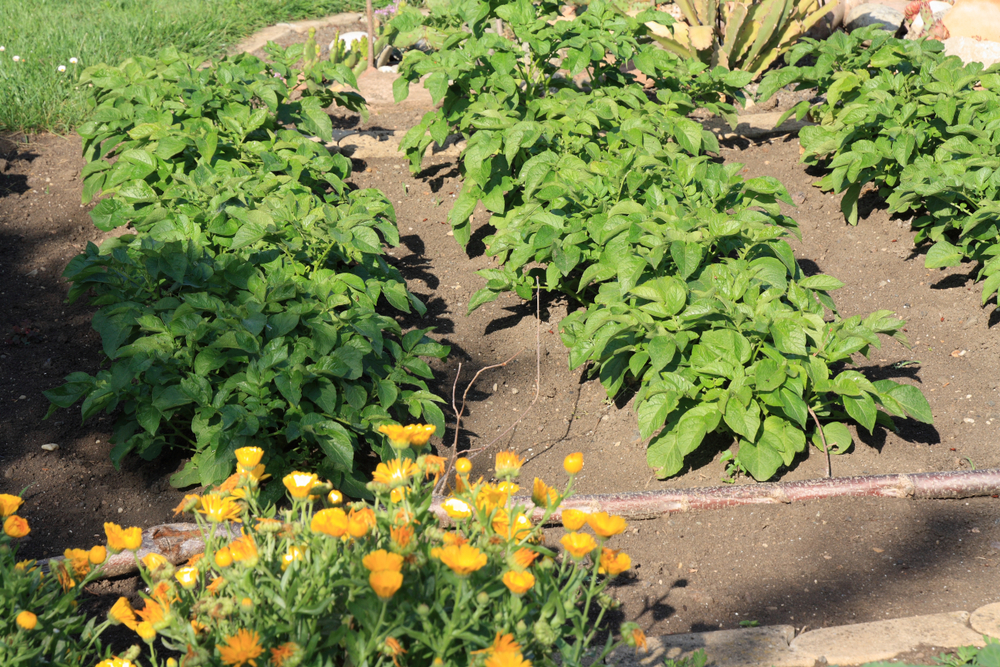
- Radishes: Radishes are a fast-growing vegetable that can be planted in between bean plants. They help to suppress weeds, and they can also act as a trap crop for pests.

- Spinach: Spinach is a good companion plant for beans because it doesn't compete with them for water or nutrients. Spinach can also help to shade the soil, which can help to keep the bean plants cool.
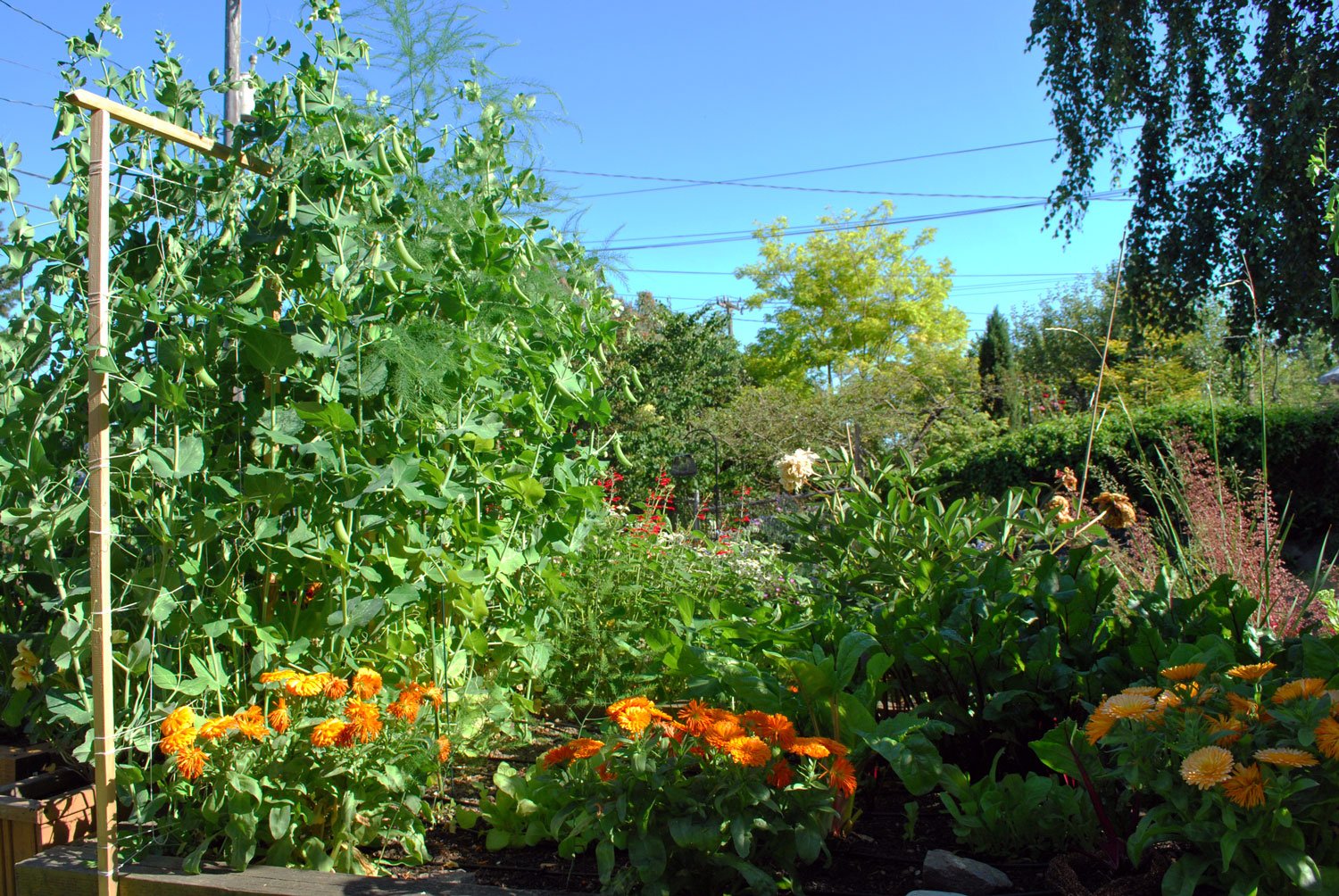
- Swiss Chard: Swiss chard is a good companion plant for beans because it helps to suppress weeds. Swiss chard also has deep roots, which can help to improve the drainage of the soil around the bean plants.
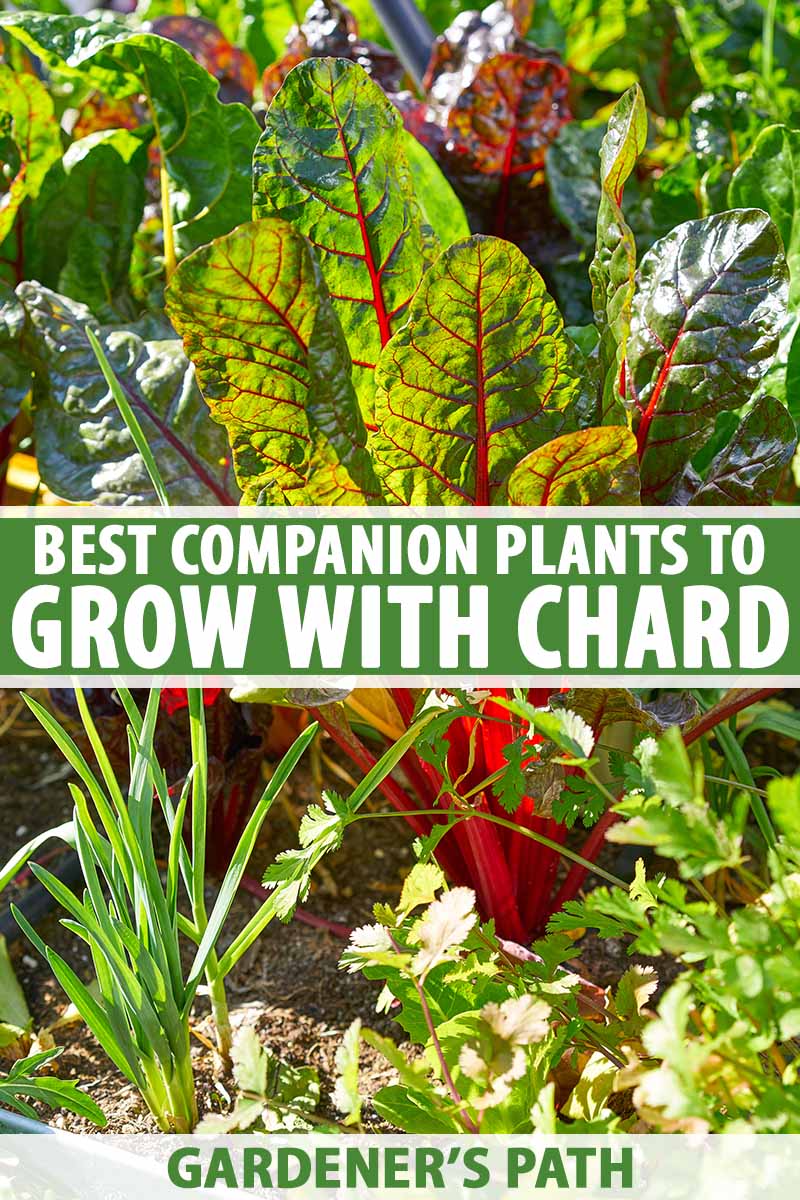
- Tomatillos: Tomatillos and beans are a good combination because they have similar growing requirements. They both need full sun and well-drained soil. Tomatillos can also help to deter pests from bean plants.



Post a Comment for "The Best Companion Plants For Beans"